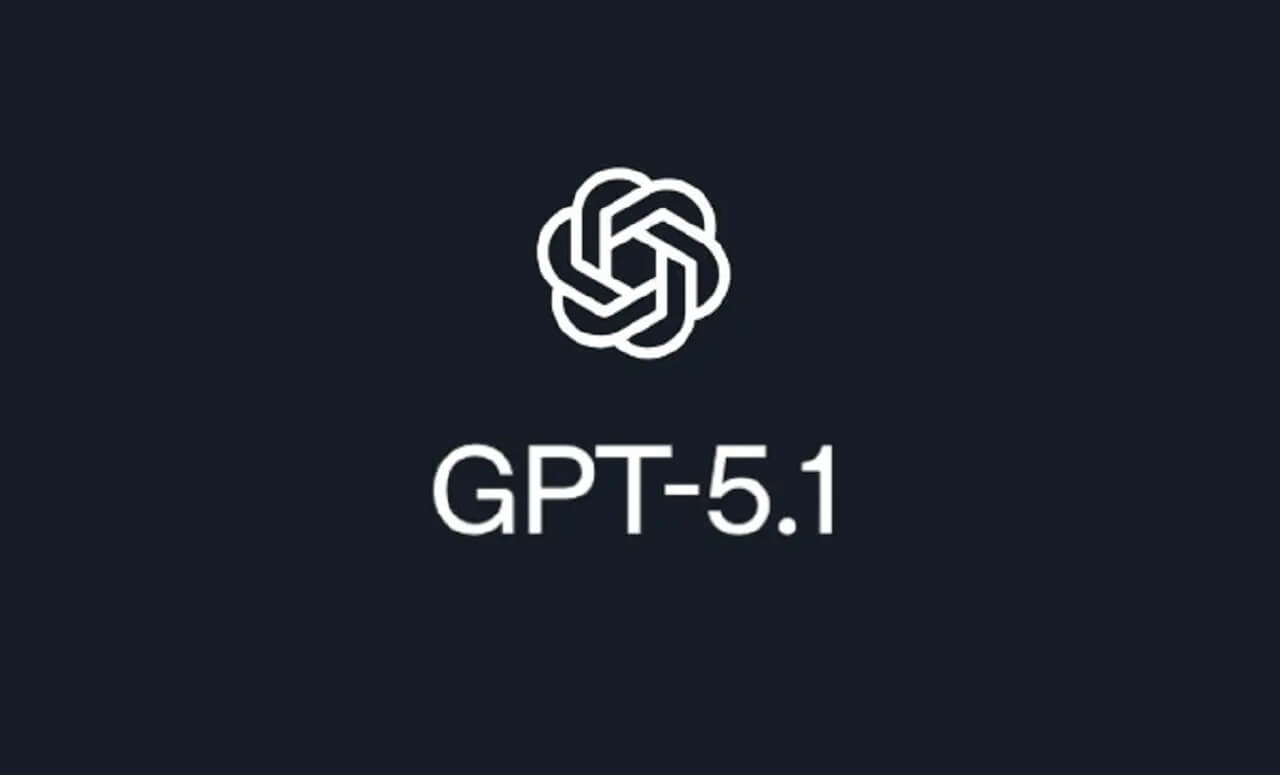In today’s unpredictable economic landscape, unexpected events such as job loss, medical emergencies, or natural disasters can strain your finances. When faced with mounting credit card bills, a credit card hardship program can offer a temporary solution to help you regain control.
What Is a Credit Card Hardship Program?
A credit card hardship program is a temporary arrangement between you and your credit card issuer designed to provide financial relief during challenging times. These programs aim to reduce your monthly payment obligations, lower interest rates, and waive certain fees, making it easier to manage your debt.
How Do Credit Card Hardship Programs Work?
Upon enrolling in a hardship program, your credit card issuer may offer:
Reduced Interest Rates: Lowering the interest rate can significantly decrease the amount of interest accrued on your outstanding balance.
Waived Fees: Late fees, over-limit fees, and other penalties may be waived, reducing the total amount you owe.
Lower Monthly Payments: Your monthly payment amount may be adjusted to a more manageable level.
Suspended Payments: In some cases, payments may be temporarily suspended to provide immediate relief.
It’s important to note that these programs are typically temporary, lasting anywhere from three to twelve months, depending on your situation and the policies of your credit card issuer.
Who Qualifies for a Credit Card Hardship Program?
Eligibility criteria vary among credit card issuers, but common qualifying factors include:
Demonstrable Financial Hardship: Situations such as job loss, medical emergencies, divorce, or natural disasters.
Good Payment History: A record of on-time payments prior to the hardship can improve your chances of approval.
Documentation: Providing proof of your financial hardship, such as medical bills or a job termination letter, may be required.
How to Apply for a Credit Card Hardship Program
Applying for a hardship program involves several steps:
Contact Your Credit Card Issuer: Reach out to the customer service department of your credit card company to inquire about available hardship programs.
Explain Your Situation: Clearly communicate your financial hardship and the reasons you’re unable to meet your current payment obligations.
Provide Documentation: Submit any required documents that support your claim, such as medical records or proof of job loss.
Negotiate Terms: Discuss the terms of the hardship program, including the duration, reduced interest rates, and waived fees.
Review and Accept the Agreement: Carefully review the terms and conditions before accepting the program.
Pros and Cons of Credit Card Hardship Programs
Pros:
Immediate Financial Relief: Reduced payments and waived fees can provide immediate relief.
Avoid Default: Participating in a hardship program can help you avoid defaulting on your credit card debt.
Preserve Credit Score: While participation may be noted on your credit report, it is generally less damaging than missed payments or defaults.
Cons:
Temporary Solution: Hardship programs are temporary and may not address underlying financial issues.
Credit Impact: Some issuers may report participation to credit bureaus, potentially affecting your credit score.
Account Restrictions: Your credit card account may be frozen or have a reduced credit limit during the program.
Alternatives to Credit Card Hardship Programs
If a hardship program isn’t suitable for your situation, consider these alternatives:
Debt Management Plans (DMPs): Work with a credit counseling agency to consolidate and manage your debt.
Debt Settlement: Negotiate with creditors to settle your debt for less than the full amount owed.
Bankruptcy: As a last resort, filing for bankruptcy can discharge certain debts, though it has long-term financial consequences.
Tips for Managing Credit Card Debt
Create a Budget: Track your income and expenses to identify areas where you can cut back.
Prioritize Debt Payments: Focus on paying off high-interest debts first to reduce overall interest costs.
Seek Professional Help: Consult with a financial advisor or credit counselor for personalized advice.
Avoid Accumulating More Debt: Limit the use of credit cards and avoid taking on additional debt during the hardship period.
Conclusion
Credit card hardship programs can provide valuable relief during financial difficulties, helping you manage debt and avoid default. By understanding how these programs work, who qualifies, and how to apply, you can take proactive steps toward regaining financial stability. Remember to explore all available options and seek professional advice to determine the best course of action for your situation.









Ty Murray Net Worth Hits $6 Million — The Rodeo King’s Success Story Explained